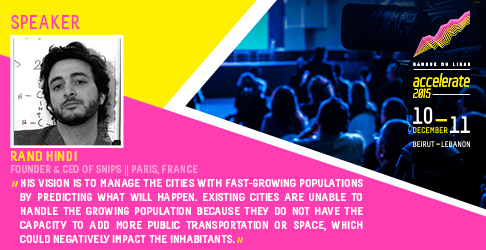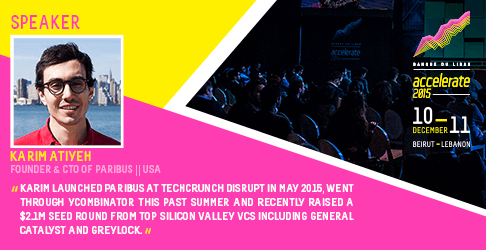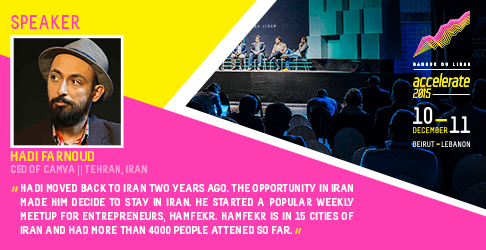
The founder and CEO of Snips, Rand Hindi, started coding at the age of 10, founded his first startup and the age of 14, created a web development agency at 15, and all before starting his PhD at the age of 21!
He is an entrepreneur, bioinformatician and algorithm architect who founded Snips, specializing in predictive modeling for smart cities. Rand is most particularly interested and passionate about how data can make city life more efficient. His vision is to manage the cities with fast-growing populations by predicting what will happen. Existing cities are unable to handle the growing population because they do not have the capacity to add more public transportation or space, which could negatively impact the inhabitants.
Snips collects and analyzes all the data a city and its population produce. The collected data could be anything you could think of – parking spots, crimes, flows in public transportation, traffic jams, waste management, energy consumption, and so forth. This huge amount of data is collected in real time and analyzed in real time offering solutions. The aim is for the city to learn from what its citizens are doing and adapt to them, thus ensuring they are not constrained and could get a better quality of life not matter how much the density increases.
For example, to predict crime, Rand’s approach is not to simply look at historical data since crime patterns change. His approach is to also look at other factors, such as what caused the crimes. As a result, this allows the police to dispatch in places where crimes are more likely to happen and prevent the crime from occurring, hence predictive policing.
Another example, already in use in Paris, is the flow in public transportation. In partnership with the French National Railway SNCF, Snips released an app called Tranquilien that provides commuters an indication of how crowded different trains will be up to 3 days in advance. In other words, if you want to take the train, you can check the app for when is the best time to find seats and take that option instead of taking a train where you will be standing and squeezed between other commuters. The information is gathered from an analysis that factors the weather information, historical passenger counts, if any major events are taking place, and real-time check-ins from the app users. As a result, the app diffuses the load of commuters and increases the efficiency of the railway network.
What Rand would ultimately like to accomplish is what he calls “Algorithmic Urbanism,” a new way to design cities integrating all the predictions together and modeling an entire city and how it interacts with its citizens. A real solution to how cities can sustain population growth and dramatically increase their quality of life!





